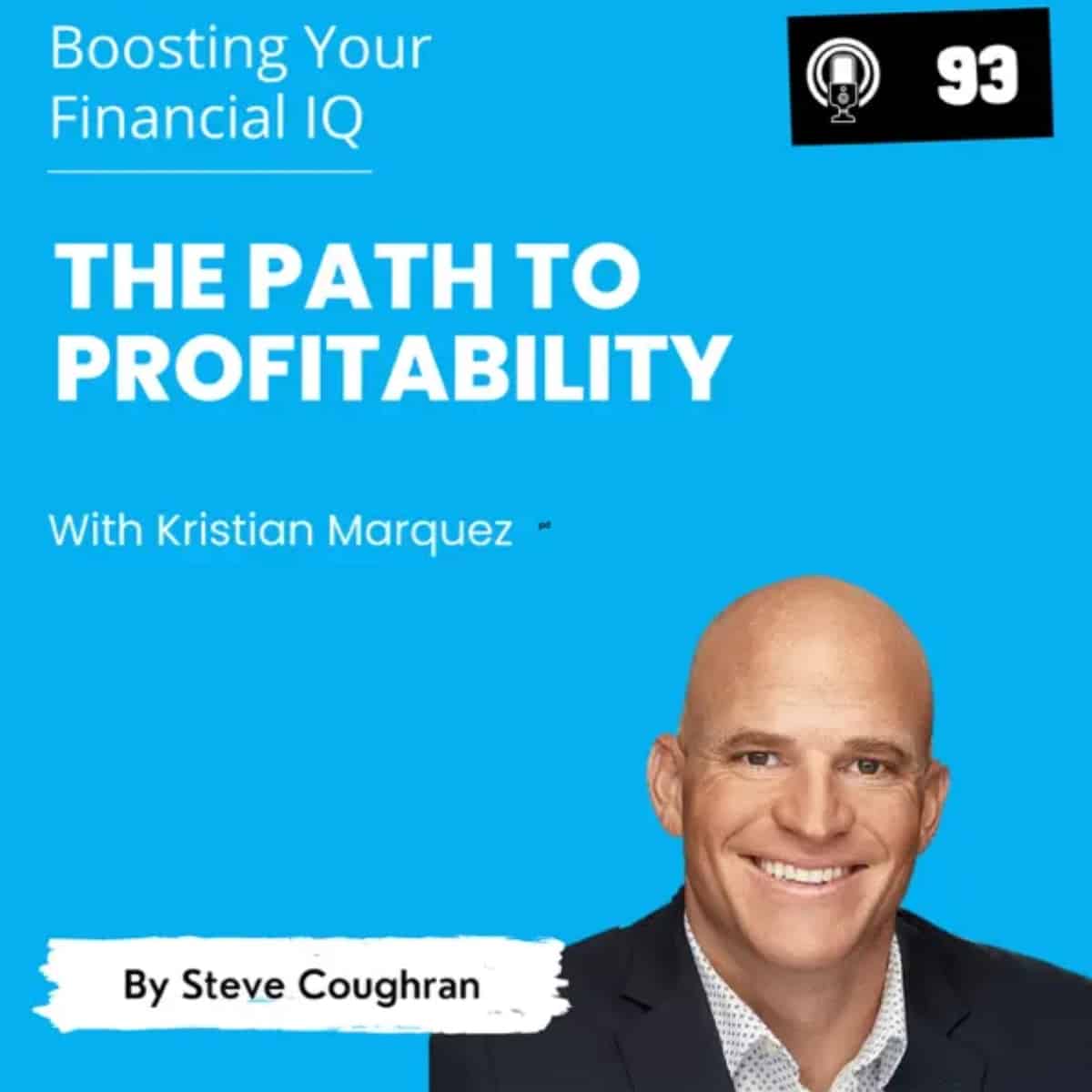The Path to Profitability
January 15, 2024 | 29 MIN

The Path to Profitability with Kristian Marquez
Welcome to another compelling episode of the Boosting Your Financial IQ podcast. Today, our esteemed host, Steve Coughran, engages in a thought-provoking conversation with Kristian Marquez, Founder of FinStrat Management, as they explore “The Path to Profitability.” In this informative discussion, we delve into strategies that companies can adopt to drive greater profits. Discover the power of creating accurate forecasts for transparency into financial numbers and the significance of establishing key performance indicators to focus on the value drivers of the business. Kristian emphasizes the importance of pursuing strategies that create greater value for customers, enabling companies to adjust their pricing and implement other financial maneuvers. Join us as we navigate the world of profitability, armed with statistics, real-life anecdotes, and a focus on long-term value. Get ready to enhance your financial acumen and take strides towards greater success in the stock market.



